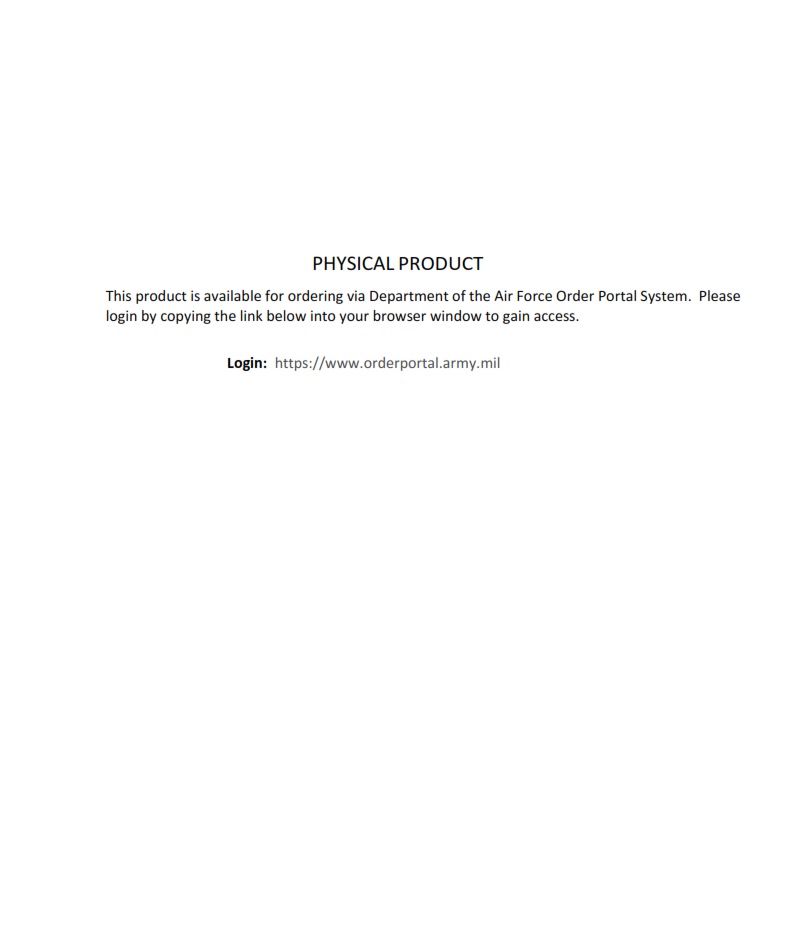AF-FORMS.COM – AF Form 2704 – Radiographic Film Envelope (Tan) – Introducing the unsung hero of radiography – the AF Form 2704 Radiographic Film Envelope in Tan. While it may seem like just a mundane piece of equipment, this unassuming envelope plays a crucial role in safeguarding and preserving the integrity of radiographic images. Delve into the world of radiography and discover how this seemingly simple tan envelope is an indispensable tool that ensures the clarity and accuracy of diagnostic imaging.
From its humble appearance to its vital function, the AF Form 2704 Radiographic Film Envelope holds within it the potential to shape medical diagnoses and treatment plans. Join us as we unravel the hidden significance behind this unassuming envelope, shedding light on its role in upholding standards of quality and precision in healthcare practices worldwide. Whether you’re a seasoned professional or simply curious about behind-the-scenes operations in radiography, prepare to be captivated by the often-overlooked tale of the AF Form 2704 – a true unsung hero in the realm of medical imaging.
Download AF Form 2704 – Radiographic Film Envelope (Tan)
| Form Number | AF Form 2704 |
| Form Title | Radiographic Film Envelope (Tan) |
| Edition Date | 10/1/2001 |
| File Size | 278 KB |
AF-Form-2704-Radiographic-Film-Envelope-Tan.pdf (15 downloads )
What is an AF Form 2704?
An AF Form 2704, also known as the Radiographic Film Envelope (Tan), serves a critical role in the management and storage of radiographic films within the United States Air Force. This form is designed to provide essential information regarding each individual radiographic film, including patient identification, date of exposure, type of examination, and pertinent remarks. By accurately documenting these details on the AF Form 2704, medical personnel can ensure proper tracking, organization, and retrieval of radiographic films when needed for diagnosis or treatment.
Furthermore, the AF Form 2704 plays a key part in maintaining compliance with safety regulations and quality control standards. It facilitates the traceability of radiographic films and helps to prevent errors or discrepancies in patient records. As technology continues to advance within the field of diagnostic imaging, it is crucial for military healthcare facilities to uphold precise documentation practices and leverage tools such as the AF Form 2704 to safeguard both patient care and operational efficiency.
Where Can I Find an AF Form 2704?
If you’re in search of an AF Form 2704, look no further than your local military base or installation. These forms are typically available at the radiology or medical imaging department, where they are used to store and track radiographic film. Additionally, you can also find AF Form 2704 online through official Air Force or Department of Defense websites. These platforms often provide easy access to a range of forms and documents for military personnel and their families.
Moreover, reaching out to the logistics or administrative office at your base may also yield success in obtaining an AF Form 2704. It’s important to keep in mind that these forms are crucial for maintaining accurate records of radiographic images, so ensuring their availability is key for both operational and administrative purposes within the military healthcare system. By knowing where to find an AF Form 2704, service members can streamline their administrative processes and focus on providing quality healthcare services to those in need.
AF Form 2704 – Radiographic Film Envelope (Tan)
The AF Form 2704, Radiographic Film Envelope (Tan), plays a crucial role in safeguarding and organizing crucial medical images within the military. Its tan color may seem mundane at first glance, but it symbolizes the importance of organization and precision in military healthcare. The envelope is designed to protect radiographic films from light exposure, physical damage, and potential mishandling, ensuring that these vital images remain intact for accurate diagnosis and treatment.
Moreover, the tan color of the AF Form 2704 serves as a visual cue for easy identification amidst numerous other forms and documents in a medical setting. This seemingly simple feature saves valuable time during urgent situations or when handling large volumes of patient data. Furthermore, the uniformity of using tan envelopes for radiographic films across different military healthcare facilities promotes consistency and standardization in record-keeping practices. This illustrates how even small details like envelope color can have significant implications for operational efficiency and patient care within the military healthcare system.
